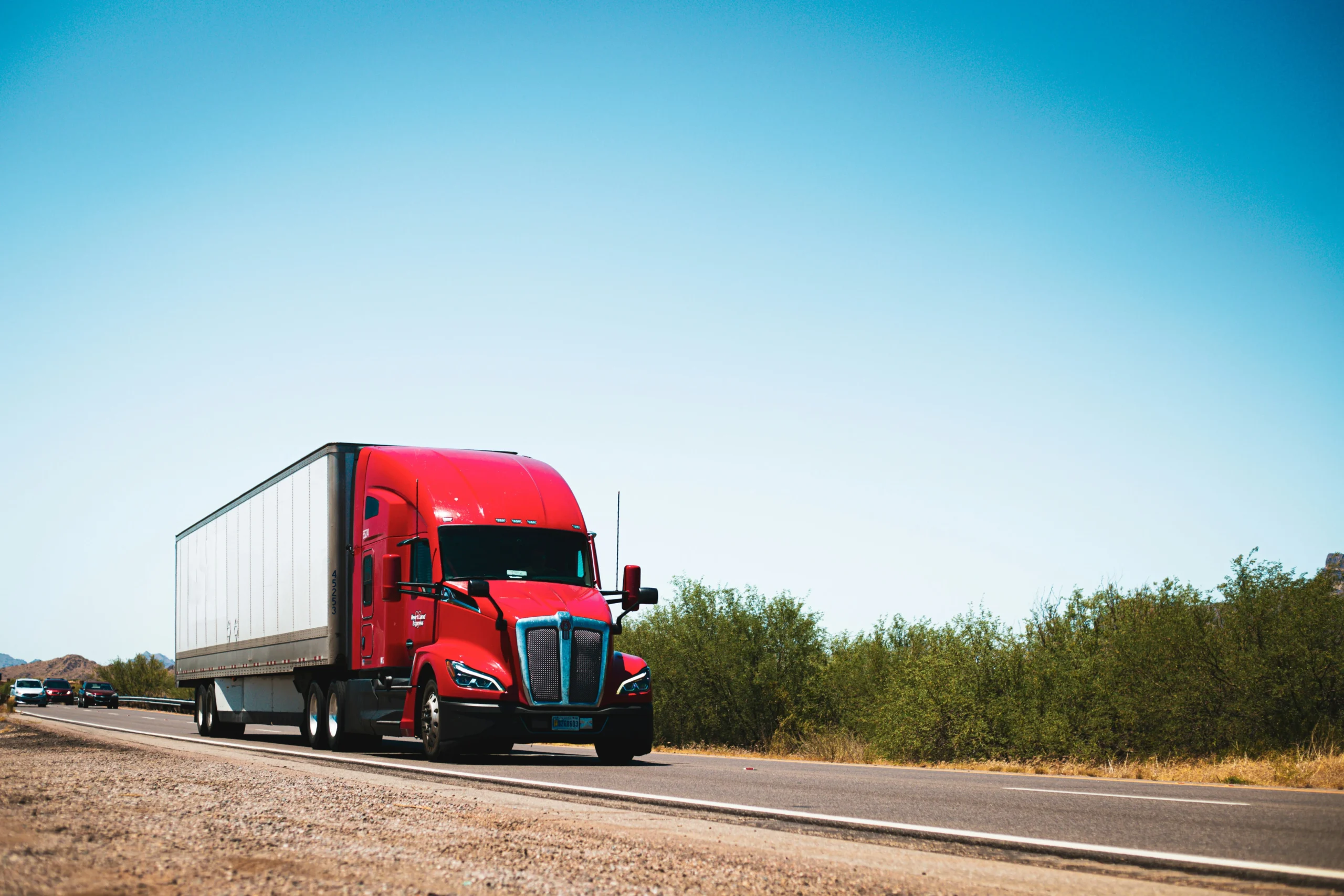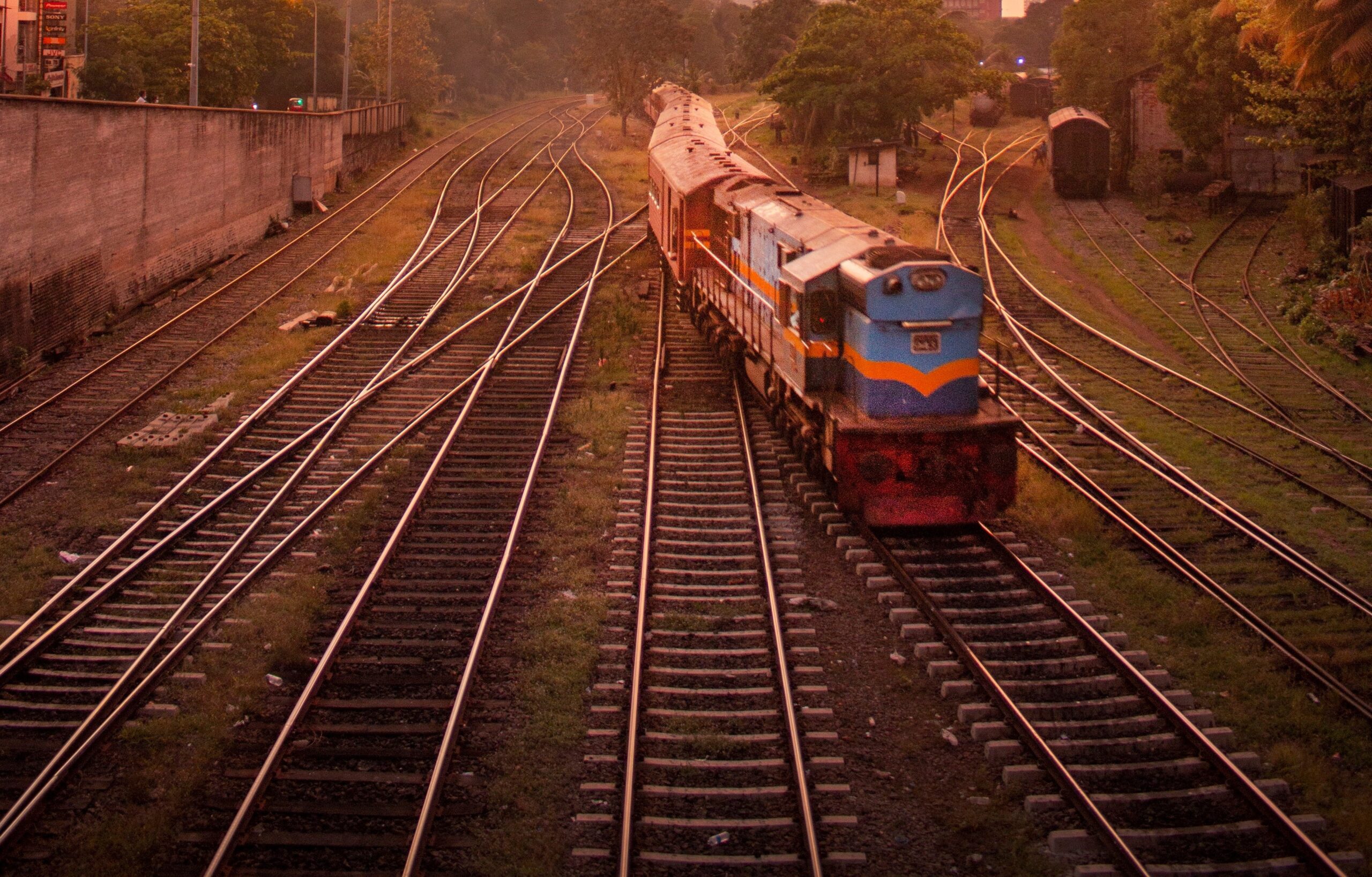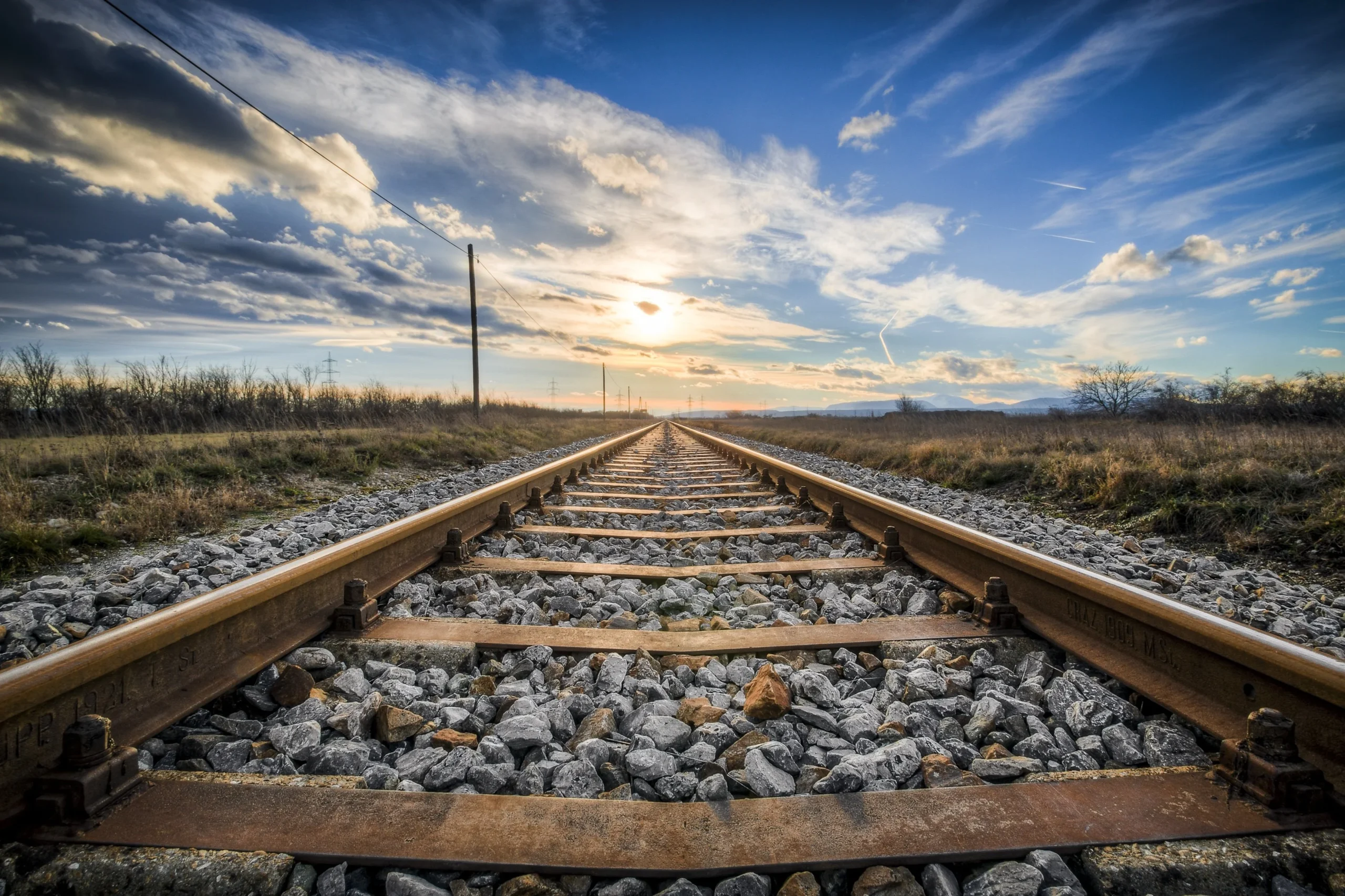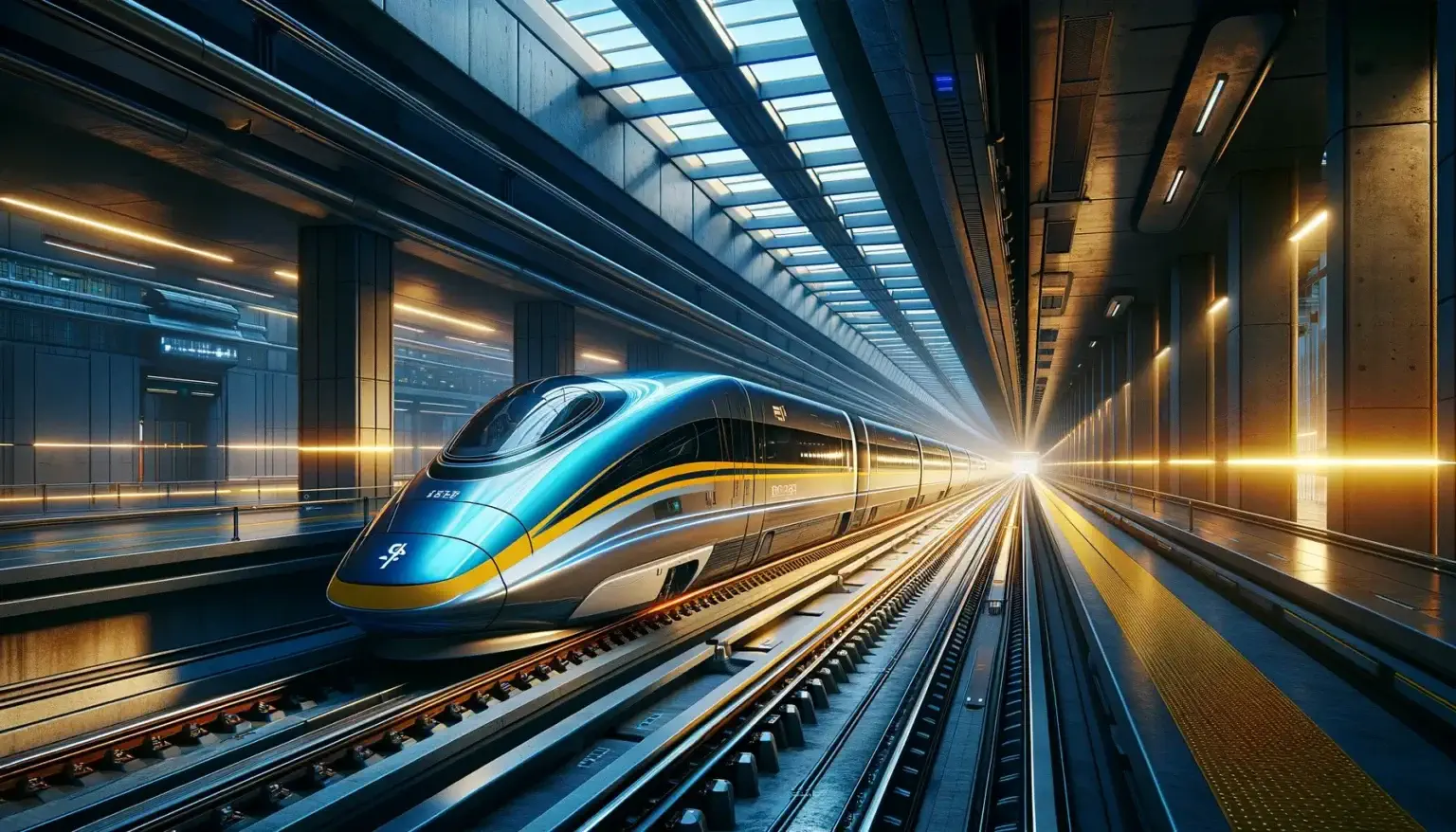At a glance
- Proper drainage prevents water pooling that can cause uneven load distribution and inaccurate measurements during weighing.
- Drainage protects sensitive load cells from moisture-related damage, false readings, and electrical faults, ensuring long-term sensor precision.
- It preserves foundation integrity by preventing soil erosion and subsidence, which reduces the need for structural repairs and frequent recalibrations.
- Effective drainage helps maintain weight consistency in all weather, rain or shine.
Weighing accuracy is crucial in industries that handle bulk materials daily. When dealing with heavy vehicles and loads, even small measurement errors can lead to regulatory issues, shipment disputes, or financial losses. While businesses often focus on selecting high-quality weighing equipment, many overlook a critical factor: site drainage.
Drainage has a direct impact on the stability, accuracy, and lifespan of weighing systems. Without it, water pooling can destabilise the scale’s foundation. This results in uneven surfaces and compromised readings, regardless of how advanced the scale is.
At Trakblaze, where systems are engineered for demanding environments, we consistently observe that drainage quality has a significant impact on performance over time.
In this blog, we’ll explore how proper drainage under and around your weighing equipment safeguards accuracy, protects sensitive components, and reduces maintenance needs.
Keeps Your Platform Level and Stable
Poor drainage compromises weighing accuracy. When rainwater pools around a scale or weighbridge, it creates soft spots and uneven support beneath the platform. This leads to uneven load distribution, where one side of the scale may sink or tilt slightly, causing inaccurate readings.
Effective site drainage prevents water accumulation and maintains a consistently stable weighing surface. This is especially important for dynamic WIM systems like INFINITY and portable truck scales like TRUCKMATE used across variable site conditions across Australia, where improper drainage can quickly destabilise the platform.
Even slight tilts caused by soft soil can throw off axle-by-axle readings, especially in motion-based systems like Trakblaze’s FORCE 1. Proper drainage preserves platform integrity and ensures reliable weighing across all load conditions.
Read More: Truck Scale Site Selection: Planning for Accuracy and Longevity
Protects Load Cells From Water Damage
Load cells are the precision heart of any weighing system. While they are sealed to withstand environmental exposure, prolonged contact with water significantly increases the risk of failure. Poor drainage that allows water to pool near load cells or cable connections can cause moisture infiltration, leading to false load readings, electrical faults, and long-term sensor degradation.
Once moisture bypasses seals due to wear or aging, it can cause signal drift or electrical shorts, which can compromise results or render the system inoperable.
Effective site drainage, including sloped pads, trench drains, or sump systems for pit-mounted scales, helps prevent water pooling and protects load cells from long-term moisture exposure. This is critical for maintaining calibrated accuracy and avoiding costly downtime or emergency recalibrations.
Protecting load cells from moisture is essential for safeguarding the precision and longevity of your weighing system.
Even with Trakblaze’s high-IP-rated load cells, unmanaged water exposure shortens lifespan and increases recalibration frequency. Protecting these components is key to preserving long-term performance.
Read More: Understanding the Causes of Scale Breakdowns and How to Avoid Them
Maintains Foundational and Structural Integrity
Poor drainage affects immediate weighing accuracy and the long-term stability of the entire weighing system. When water accumulates beneath a weighbridge, it can gradually soften and erode the supporting ground. Over time, this causes the scale platform to shift, sink, or tilt, leading to persistent weighing errors.
Just a few millimetres of subsidence can throw off readings in precision-built platforms like Trakblaze’s TRUCKMATE.
Proper drainage design channels water away from the foundation, keeping the supporting ground dry and compact. This helps maintain the scale’s original calibration and structural alignment, reducing the likelihood of long-term accuracy drift. Operators on well-drained sites typically experience fewer accuracy shifts and less need for structural adjustments or re-leveling.
It also reduces the likelihood of cracks, slab warping, and stress on load cell mounts, which impact scale longevity.
Reduces Recalibration and Downtime
Unstable ground caused by poor drainage is one of the leading reasons for calibration drift in weighbridges and axle scales. Scales installed on well-drained, stable foundations are less prone to signal drift, reducing the frequency of calibration and minimising downtime.
Poorly drained sites where water, mud, and shifting soil are constant factors introduce external stresses that can destabilise the platform. Heavy rain, for example, can cause one corner of the weighbridge to settle slightly, which immediately affects accuracy and triggers the need for recalibration.
A well-drained site, by contrast, helps the scale maintain true zero and reliable weight readings over time. While calibration frequency depends on many variables, systems installed on dry, compacted foundations generally require fewer interventions than those exposed to soft or shifting soils. Stable site conditions also minimize electrical drift, ensuring more consistent load cell signals and reducing the likelihood of false readings.
In high-throughput environments, such as logistics depots or mine sites, fewer calibration interventions result in smoother operations, less disruption, and sustained weighing confidence. For operations that rely on accurate throughput, drainage isn’t just about maintenance; it’s a safeguard for uptime, precision, and operational efficiency.
Read More: Factors That Can Affect the Accuracy of Your Weighing System
Ensures Reliable Weighing in All Weather
Industrial weighing sites must operate in all conditions, including rain, mud, and seasonal extremes. Without effective drainage, water can quickly collect around scales during heavy rain, causing operational delays, measurement errors, and debris interference. In some cases, water build-up can even lift the platform slightly, compromising accuracy.
An effective drainage system featuring graded surfaces, runoff ditches, and properly positioned drains quickly directs water away from the weighing area, ensuring equipment remains functional and safe, even in severe weather conditions. Poor drainage doesn’t just interrupt daily operations; it accelerates wear, invites system failures, and increases service costs.
Considering drainage from the outset is critical when designing a scale site. Reliable drainage ensures consistent performance year-round, which is especially important for high-traffic sites, such as highway weigh stations and rail yards, where downtime can severely impact logistics.
Site drainage is essential for accurate and reliable weighing. No matter how advanced your system is, it’s only as precise as the ground beneath it. Drainage supports the core components—foundation, platform, and sensors—and helps preserve weighing precision over time.
Simple investments in slope correction, water redirection, and drainage infrastructure protect your weighing equipment from early failure and performance drift.
At Trakblaze, we build high-precision weighing systems for real-world conditions, and drainage is a crucial part of the equation.
Whether you’re installing a dynamic WIM system like FORCE 1, a rail scale like the INFINITY High or Low Speed Train Scale, or a static platform like TRUCKMATE, we can help ensure your site is designed for long-term performance.
Want lasting accuracy and fewer disruptions? Talk to the team that engineers systems with drainage in mind. Contact Trakblaze to discuss drainage-ready installations for your weighing equipment.




